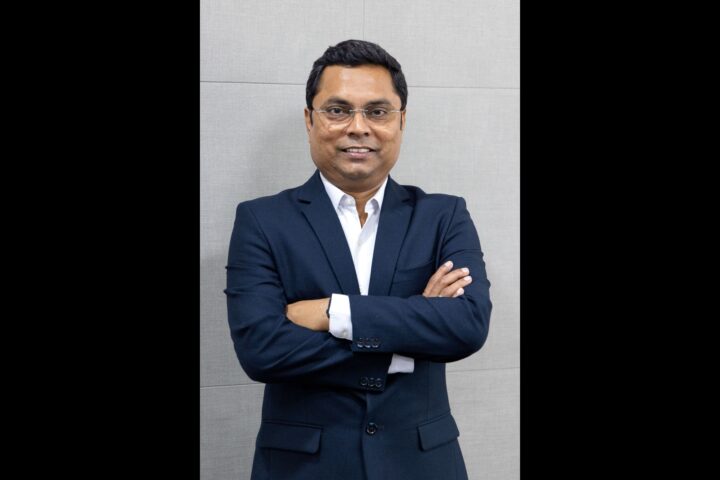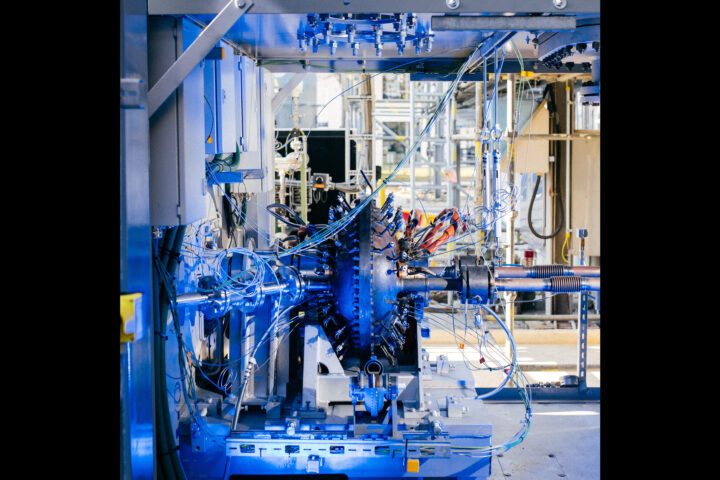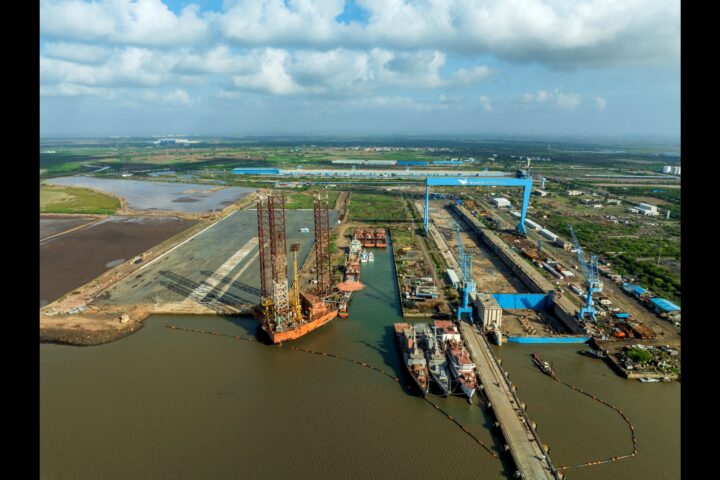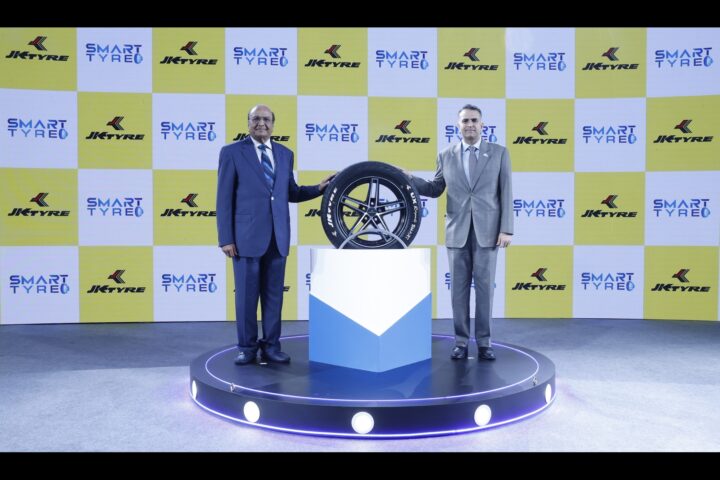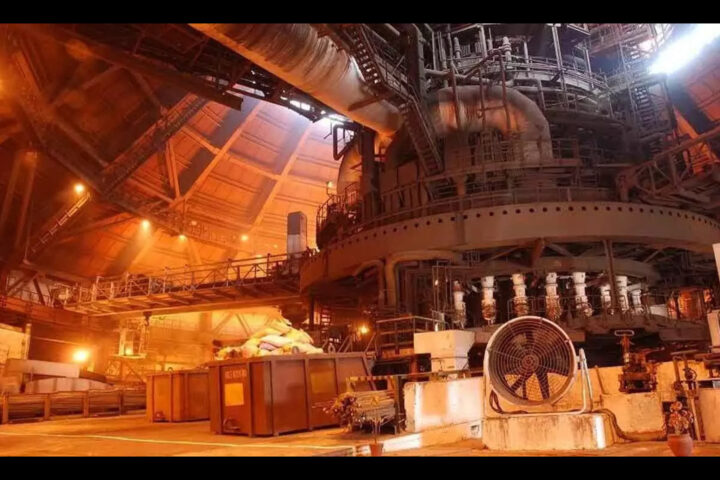Kaushik Chakraborty, Senior Vice President for APAC at Bentley Systems, states that the challenge lies not only in capturing data but also in embedding it into long-term processes, in an interaction with Tejasvi Sharma, Chief Editor of EPC World
As a leader in infrastructure engineering space, how is Bentley Systems supporting the government, PSUs, and private consultants with its software applications?
With substantial government investment in infrastructure projects, Bentley Systems plays a pivotal role in providing cutting-edge tools that empower our users to achieve exceptional project outcomes. We focus on key sectors such as transportation, water, and power, delivering solutions that support and streamline project delivery. In addition to serving private sector clients, we collaborate closely with government PSUs, including organizations like RITES, SAIL, and BHEL, which are instrumental in engineering work within India and abroad. Our goal is to ensure that our software applications integrate seamlessly into both public and private sector workflows, enabling projects to be completed with greater efficiency. Beyond offering software, we provide guidance on optimizing these tools to shorten project timelines and enhance operational efficiency. This includes process improvements and comprehensive training to help teams maximize productivity and achieve effective results.
Given India’s push to modernize its infrastructure, what kind of investment do you think is necessary specifically for developing the software infrastructure needed to support these advancements? How can Bentley Systems contribute to this digital transformation?
When it comes to investing in software or technology for infrastructure projects, it’s less about setting a specific budget and more about aligning technology with the unique needs of each project. Some sectors, such as construction, require significantly more technological support due to their complexity and demands. The level of investment often depends on factors like project complexity, scale, and duration. For instance, larger, long-term projects – such as metro systems with a lifespan of 50 years – naturally call for more advanced technology integration. In contrast, smaller projects, like roads with a 5 to 10-year lifespan, may require less. Ultimately, the investment varies based on project type and the vision of the project owner and funding body.India has made notable progress in this area over the past 5 to 10 years, with IT spending in infrastructure projects increasing, thanks in part to support from organizations like NASSCOM and CII. While there is still room to grow, the current landscape is much improved. India’s world-class IT industry is now in a strong position to bring its expertise home, contributing to the modernization of the nation’s infrastructure. At Bentley Systems, we are committed to supporting this digital transformation, providing the tools and guidance needed to make these advancements possible.
Given the challenges of incomplete data and missing plans in many Indian cities, how feasible would it be to create a similar digital twin for an Indian city?
We don’t directly execute digital twin projects ourselves; instead, we support our partners who lead these initiatives. In India, companies like Genesys International are at the forefront of such efforts. For instance, about five years ago, a collaborative research project with Cambridge University in Ahmedabad used drones to capture highly accurate 3D data, resulting in detailed city models. This project garnered significant attention in India, highlighting the potential of digital twin technology. However, the challenge lies not just in capturing data but in embedding this data into long-term processes. While pilot projects can demonstrate the value of new methodologies – such as advanced approaches to highway construction – the real test is in institutionalizing and standardizing these practices across future projects. Achieving this requires commitment from both the government and the organized private sector, alongside public agencies implementing these solutions. Companies like Genesys are making strides by creating 3D city models for multiple cities, yet adoption depends on both the availability of projects and demand for these models. The key challenge is ensuring effective use of available data. Just as oil companies build more petrol stations in response to demand, municipal authorities and city governments need to see the value in modernizing systems – such as taxation, water distribution, power monitoring, and revenue tracking. Building demand for 3D digital infrastructure is essential to engage industry stakeholders. The Indian industry is prepared for this transition, but fostering demand for modernized systems will be crucial to achieve widespread implementation.
Who would you say are the key facilitators driving this process forward?
The pace of change in India’s infrastructure development over the last five years has been remarkable, marked by steady progress rather than rapid transformation. We’re now seeing national organizations prioritize infrastructure improvements, with initiatives like Gati Shakti setting the stage for inter-ministerial coordination on major projects – a level of collaboration that wasn’t previously achievable. India’s strong democratic foundation has now enabled various government departments to work more effectively together, which is a significant milestone. The next step is to build on this momentum and drive further acceleration.This evolution mirrors the fintech revolution. Just as foundational steps led to the success of UPI, we hope to see similar advancements in infrastructure. Systems and processes are being established to streamline project delivery, though challenges remain, especially in densely populated areas like Delhi and Mumbai, where space constraints make expansion difficult. The government is addressing these issues by working on solutions to decongest cities and build new infrastructure. The growth of the National Capital Region (NCR) illustrates how urban expansion is being managed effectively, with areas like Gurgaon, Faridabad, and Noida developing as industrial hubs.The infrastructure and engineering sectors are undergoing a similar transformation, and the process is both exciting and ongoing.
Can you explain how digital twins can enhance infrastructure by streamlining project delivery, improving asset performance, and supporting sustainable development?
Digital twins are accurate digital replicas of physical assets, capturing every stage of a project from design through construction to operation. By providing detailed, real-time information, they enable stakeholders to track design decisions, construction modifications, and operational changes. The true value of digital twins emerges during an asset's operational phase, offering insights that aid in proactive maintenance and improved future designs. For instance, if a hotel built from 2D plans has HVAC issues years later, the owner may lack precise layout details. A digital twin, however, maintains 3D, real-time record, making maintenance easier and more efficient.Digital twins ensure that a project’s 3D data remains accurate and up-to-date throughout its lifecycle, supporting better asset performance, streamlined maintenance, and extended asset life. From a sustainability perspective, digital twins are transformative. Orange City Water in Nagpur, for example, uses one of India’s first water-based digital twins to manage its water network comprehensively. Integrating SCADA and GIS data into a 3D model, they can minimize waste and optimize resource efficiency. This approach applies across sectors like water, transportation, and energy, gradually institutionalizing practices that create resilient and sustainable infrastructure. India has the talent and expertise to lead in this domain, and the opportunity now is to apply these practices within the country to build a future-ready infrastructure.
Could you provide some examples of how digital twins are transforming transportation projects – such as roads, rail, and metro – in India?
Digital twins are already making a transformative impact on metro projects in India, with the Nagpur and Pune metros as standout examples. These projects have utilized 5D BIM, integrating 3D modeling with cost and time data to enhance decision-making. For example, during the design, construction, and handover of the Nagpur Metro, every detail—from alignment choices to viaduct design and construction teams—was meticulously documented. This level of insight has proven invaluable for ongoing operations, minimizing unexpected issues and streamlining maintenance. In contrast, earlier projects like the Delhi Metro lacked this depth of digital insight a decade ago. However, the Delhi Metro Rail Corporation (DMRC) has since adopted full 3D modeling to plan and monitor projects, incorporating all engineering elements into comprehensive digital representations. The Chennai Metro has also embraced this digital approach, underscoring a broader shift across India toward digital twin technology in metro projects. A digital twin is more than a static model—it’s a dynamic, adaptable resource that evolves with the project’s physical reality. By using digital information throughout a project’s lifecycle, digital twins ensure an accurate, up-to-date representation at each stage. Their real value lies in supporting informed decision-making with a real-time, comprehensive view of the infrastructure, enabling efficient project delivery, reduced maintenance challenges, and enhanced long-term asset performance.
Could you share some recent updates on Bentley Systems' latest acquisitions and takeovers? What strategic goals are driving these moves?
Our recent acquisition of Cesium, a 3D geospatial company, aligns perfectly with Bentley’s 40th anniversary and reinforces our commitment to open architecture and open systems. Bentley has always prioritized interoperability, with open-source and freely accessible file formats. Much of our digital twin platform is open-source on GitHub, and the addition of Cesium strengthens our vision of open data and collaboration in infrastructure.The infrastructure industry depends on a range of technologies, from GIS to engineering applications, making openness essential. We aim to build a foundation where companies can collaborate, where data—not software—holds the true value. With Cesium, Bentley gains enhanced capabilities as a platform company, expanding our developer ecosystem and enabling seamless integration of 3D geospatial data into infrastructure applications. This acquisition empowers users to make more informed decisions with geo-coordinated 3D data, which has not yet become the industry norm. While Bentley has emphasized openness from the start, not all players have followed suit. Cesium allows us to drive 3D decision-making on a platform level in an accessible, open-source manner, and we’re excited about the future possibilities this brings.





